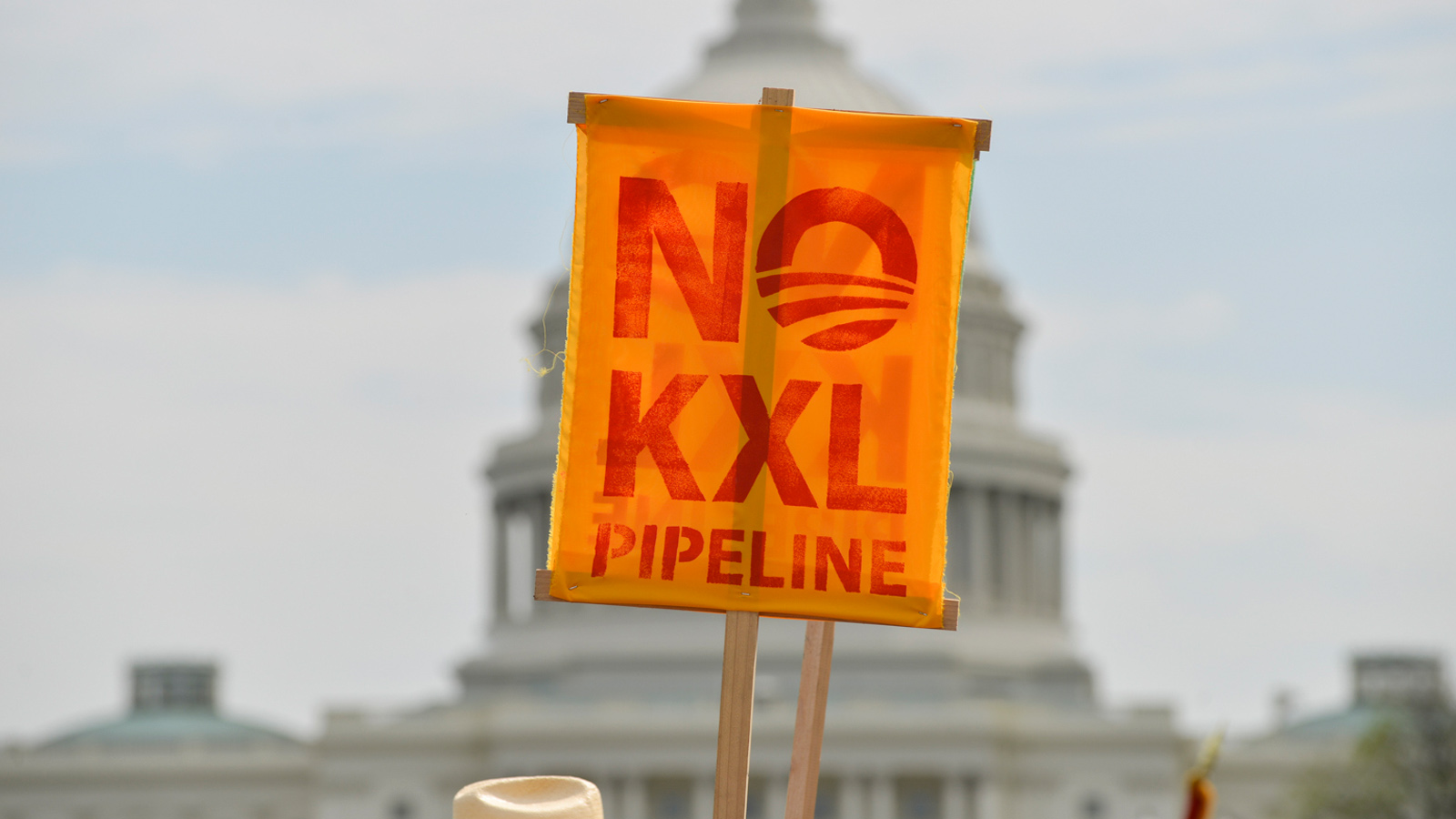For much of last year, a big question mark hung over the Keystone XL pipeline: Would Nebraska allow it to be built along its proposed pathway through the state? Now we have the answer: yes. But that doesn’t actually mean the pipeline is any more likely to be built.
This morning, the Nebraska Supreme Court ruled that LB 1161 — legislation that removes the need for hearings and analysis before the state can use eminent domain to build a pipeline and shifts the power of approval toward the state’s governor — is valid. This means that, at the federal level, there is one less reason not to approve the pipeline. It also means that the only things standing in the way of Keystone’s approval by Nebraska are the state’s Department of Environmental Quality, an agency that had no standards in place for how to evaluate pipeline impacts, and Pete Ricketts (R), Nebraska’s new governor.
There’s basically no question of how Ricketts is going to side. He ran on a pro-Keystone platform and calls himself a “skeptic” on the issue of climate change: “it is far from clear what is going on with our climate,” he told the Omaha World Herald last year.
LB 1161 is a law with a shady past. It was introduced by a state senator, Republican Jim Smith, in spring of 2012, and voted in quickly, about a half hour after its final revision, with no chance for public comment on the final draft. A few months later, Smith went on an all-expenses paid trip to see the Alberta tar sands as part of a junket organized by the American Legislative Exchange Council (ALEC).
The law invalidated the state’s Major Oil Pipeline Siting Act, aka MOPSA, which had been passed six months earlier and raised the burden of proof that a pipeline company had to produce before being granted eminent domain. MOPSA required public hearings, and an explanation of how a proposed pipeline route would serve the public interest, and many, many reports from many, many agencies. The Nebraska Public Service Commission had to approve the path of the pipeline before eminent domain could be used.
Today’s ruling over LB 1161 was close: Out of the court’s seven justices, four thought that LB 1161 was bad news and agreed with the lower court judge, Stephanie F. Stacy, that it was unconstitutional. But in Nebraska it takes five judges to overturn legislation, rather than a simple majority — so LB 1161 stands by default.
A lot has happened since 2012. President Obama has gone from being gung-ho on Keystone to kind of making fun of it. That won’t stop pro-Keystone politicians on the federal level from trying to force his hand. Just hours after the Nebraska ruling, the House of Representatives voted 266-153 to approve Keystone, and the Senate is expected to pass the same bill next week. Obama, though, has threatened to veto the legislation, saying the administration’s review process must be allowed to continue without interference from Congress.
There is a considerable amount of grassroots resistance to Keystone in Nebraska — as well as in South Dakota, where the permits to build it have expired. The price of oil has fallen dramatically, which means that Keystone XL and the tar-sands operations that would feed into it are not as financially viable as they once were.
Whatever the ultimate fate of Keystone, LB 1161, as it currently stands, concentrates too much power to make environmental decisions in one political state office. Expect Nebraskans to keep fighting it, with every legal tool they can.


